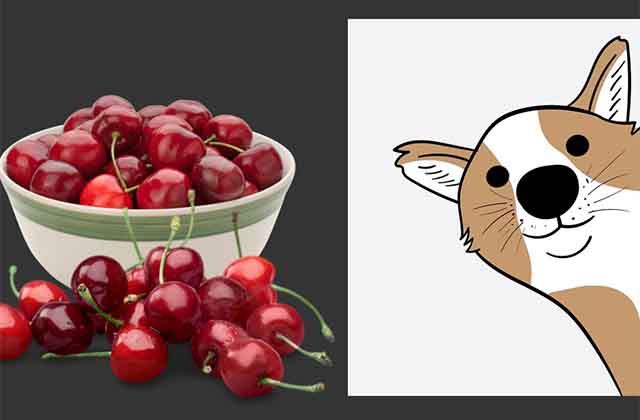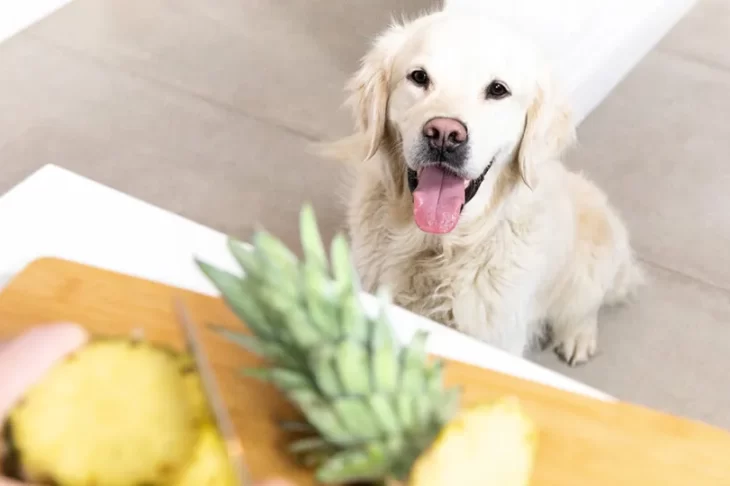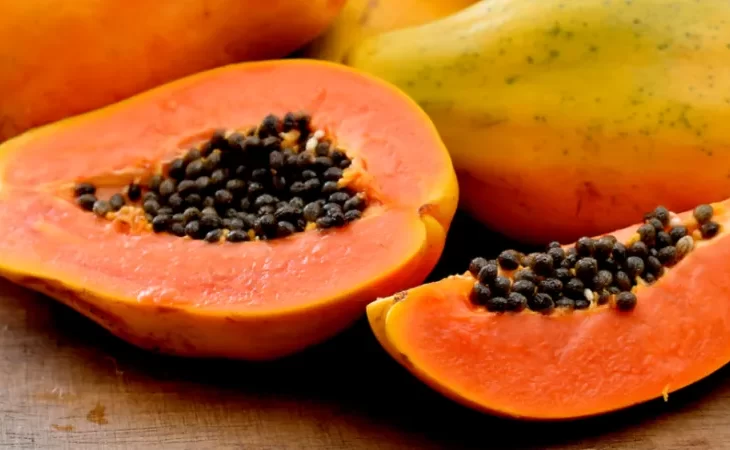
Can Dogs Eat Cherries? Is It Safe?
Many fruits that pet owners enjoy eating, such as blueberries and strawberries, also make delectable and healthy treats for dogs. Can dogs have cherries?
It is not advised because, in addition to their pits being a choking hazard and a possible source of gastrointestinal obstruction, as well as their stems and leaves, they also contain trace amounts of cyanide.
While a single pit doesn’t contain enough cyanide to cause significant harm—so don’t get alarmed if your dog eats one off the floor—the substance can be extremely dangerous or even fatal if consumed in sufficient amounts.
Table of Contents
Why Are Cherries Bad for Dogs?
As cyanide is toxic to dogs, the pit, leaves, and stem of cherries are the main reasons why they are bad for canines. Additionally, the pit might result in an obstruction in the intestines.
If consumed in sufficient amounts, the cyanide present in cherries is poisonous to dogs. The risk of cyanide poisoning is not worth it, even though a single cherry pit or stem is frequently insufficient to do so. The cherry pits may also cause an obstruction in the digestive tract or pose a choking risk if consumed.
While the cherry’s flesh is rich in fiber, antioxidants, vitamins A and C, and other nutrients, it has also been reported to upset dogs’ stomachs.

Can Dogs Have Cherries of Any Kind?
No cherry of any kind should be given to a dog. There are numerous varieties of cherries, such as bing, rainier, black, and maraschino. Maraschino cherries don’t have a pit, but they are unsuitable for dogs due to their high sugar content.
“It’s not a good idea to offer your dog any canned fruits since they have added sugars and preservatives,” says Karina Carbo-Johnson, a MSc in nutrition, works for Purina. Sugar consumption in excess can cause diabetes, obesity, digestive problems, and even cavities.
Although you would need to first remove the pit, stem, and any leaves, you could give your dog a fresh cherry. Given that your dog won’t consume enough of the fruit for it to be beneficial, that’s a lot of work.
Read about
How Many Cherries Can Dogs Eat?
Even healthy dogs should only consume 10% of their daily calories from treats, with the remaining 90% coming from a balanced diet of dog food.
See this list for general recommendations on how many cherries are safe to feed your dog. Despite their small size, cherries should always be cut into halves or quarters before giving them to your dog, especially if they are a smaller breed.
- Small dog (between 2 and 20 lbs.) = 1 cherry(Examples: Yorkies, Chihuahuas, Pomeranians, Pugs, Shih Tzus)
- Small dog (21-30 lbs.) = 1-2 cherries(Examples: Basenjis, Beagles, Miniature Australian Shepherds)
- Small dog (31–50 lbs.) = 3-4 cherries(Examples: Basset Hounds, Border Collies, Australian Cattle Dogs, Siberian Huskies)
- Large dog (51-90 lbs.) = 5 cherries(Examples: Pit Bulls, German Shepherds, Labrador Retrievers, Australian Shepherds)
- Large dog (91 lbs. or more.) = handful of cherries(Examples: Newfoundlands, Bernese Mountain Dogs, Bernards, Great Pyrenees)
If you’re nervous that your dog ate too many cherries, watch out for the following symptoms of an upset stomach:
- Diarrhea
- Vomiting
- Lack of appetite
- Lethargy
- Painful or distended stomach
If you notice any of these symptoms in your pup, contact your veterinarian.
How to Safely Feed Your Dog Cherries?
You should only give your dog fresh, unprocessed cherries that have been cleaned, sliced into small pieces, and have had the pits, stems, or leaves taken out.
Check out the entertaining ways to feed cherries to your dog that are listed below after you’ve done that.
Cherry Fruit Smoothie
Blend some cherry pieces with other fruits that are safe for dogs, such as blueberries, strawberries, and bananas. After that, you can either freeze this mixture in your dog’s KONG toy for later use or give it to your dog as a treat on its own or as a food topping. If your dog weighs 10 pounds, give them no more than 2 tablespoons of smoothie.
Cherry Yogurt Or Frozen Yogurt
Xylitol- and sugar-free plain yogurt should be blended with cherry pieces. You can also incorporate other fruits that are safe for dogs. Then give it to your dog in the form of fruit yogurt. A dog-friendly frozen yogurt treat can also be made by freezing the fruit pieces the night before and blending them with plain yogurt. For every 10 pounds of dog, give no more than 2 tablespoons of yogurt.
Stuffed KONG Toy
Put any of the aforementioned concoctions inside your dog’s KONG toy. You can freeze it over night and later give your dog a cool treat if they prefer. Your dog can lick it out as is. Remember that frozen treats help your dog stay entertained for longer periods of time. Puppy teething may also benefit from this.
Dried Cherries
Using your own dehydrator, you can make dried cherries at home. Unlike dried cherries from the store, they won’t have as much added sugar, making them much healthier.
What to Do If Your Dog Swallows a Whole Cherry
Don’t freak out if your dog manages to get his paws on an entire cherry while you’re not looking. One cherry pit won’t be enough to make you sick from cyanide. However, you should be alert for intestinal blockage symptoms like vomiting, decreased appetite, constipation, and decreased fecal production.
Your dog may experience these symptoms up to 24 hours after consuming a cherry pit. Remember that a small pit can cause intestinal blockages in smaller dogs more frequently.
If your dog consumes numerous cherries, you should watch out for cyanide poisoning symptoms. Breathing difficulties, brightly colored gums, and dilated pupils are a few of these. It’s a good idea to call your veterinarian as a precaution if you discover that your dog consumed several cherries without pits. To avoid cyanide toxicity, your veterinarian may decide that causing vomiting is the best course of action.
Are There Safer Alternatives?
Yes. While cherries, for dogs, are not a good option, there are plenty of other fresh fruits and berries your dog can eat without the above risks. Blueberries are a great choice, as are peeled and pitted mangoes and apples without the core and seeds.
Of course, when in doubt, you can always stick with traditional dog treats, which your dog will probably find just as exciting and tasty as fresh fruit.




